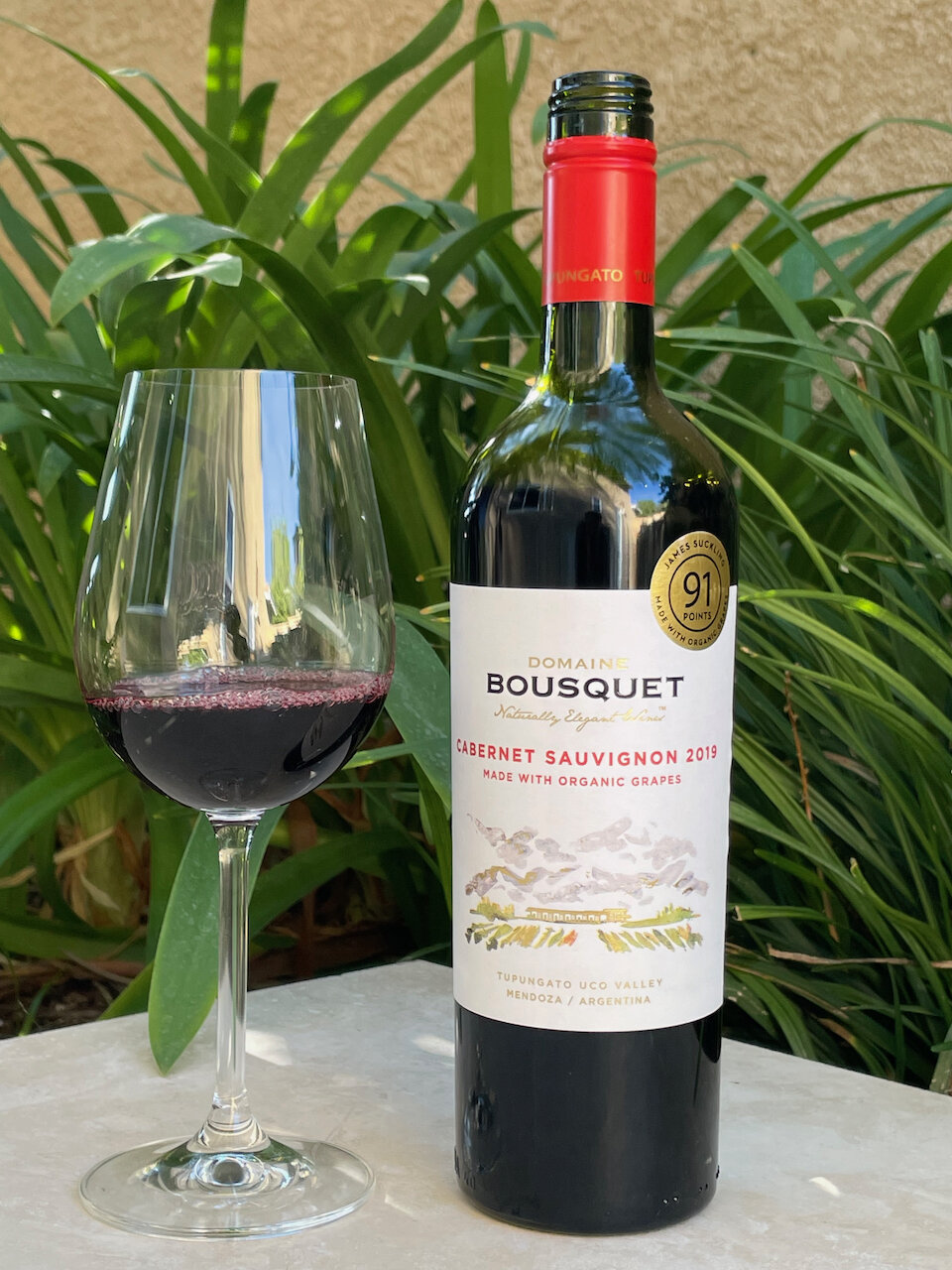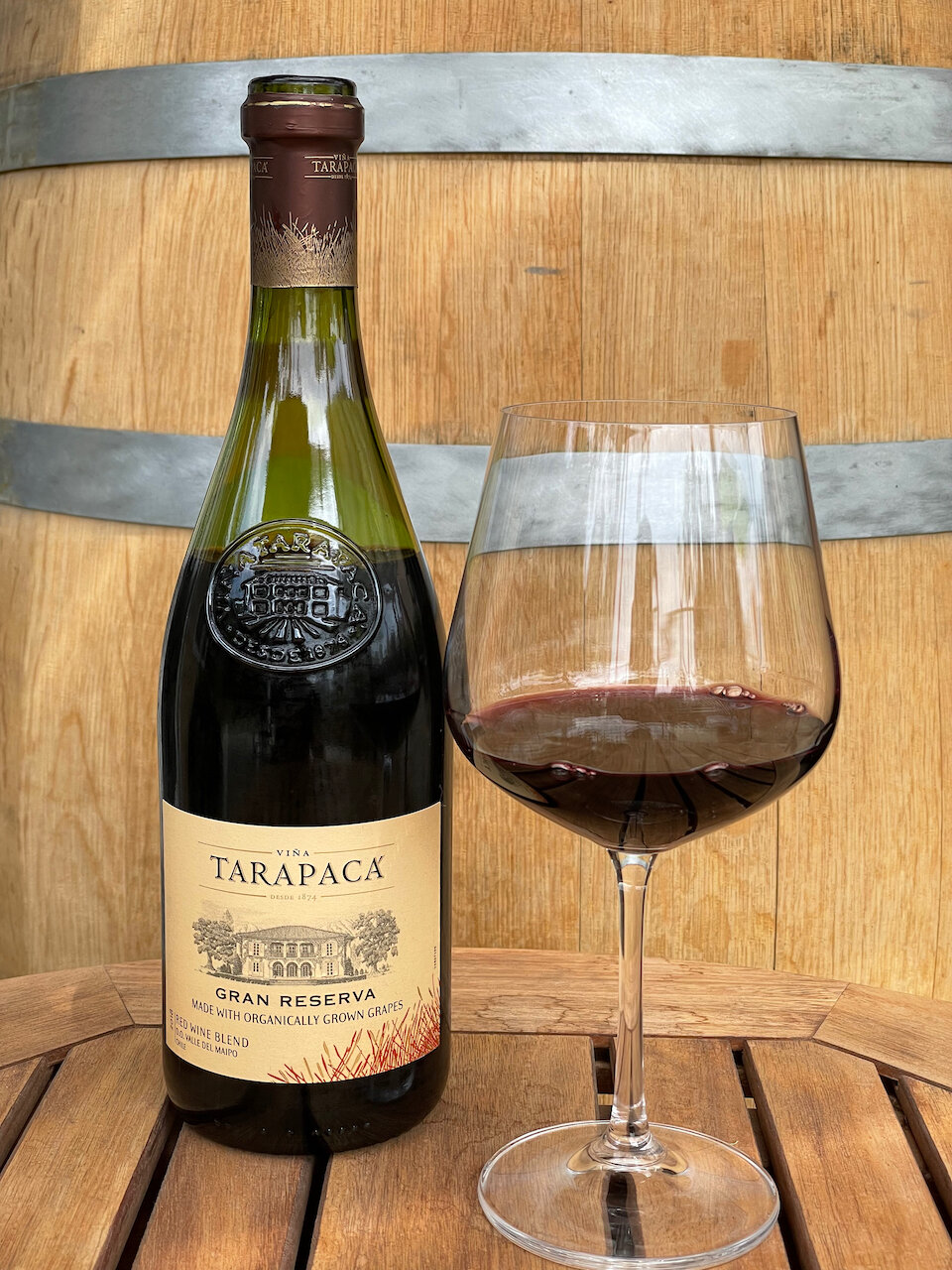Embraced for their freshness, vibrant aromatics and fruit-forward qualities, wines from Tupungato Valley in Mendoza’s Uco Valley have become “must-haves” for Argentine connoisseurs. Domaine Bousquet, an early pioneer in this high-altitude sub-region of the Uco Valley of Argentina, stands out for its singular reliance on eco-friendly organic fruit. And their prices are extremely competitive!
All three of these wines are made from organic grapes and are Vegan friendly.
2018 Domaine Bosquet Gran Malbec ($25)
This Gran Malbec undergoes cold maceration at 10°C for 72 hours to 96 hours. Fermentation then occurs with selected yeast at a temperature between 25°C and 28°C for 12 days. It then undergoes 100% Malolactic conversion before being aged in French oak for 10 months.
This is a full-bodied wine with bold dark fruit flavors, easy tannin and a chocolaty finish.
2018 Gaia Cabernet Franc ($20)
This is a medium-bodied wine that is cold macerated for 72 hours. Fermentation occurs with selected yeast at a maximum temperature of 27°C for 12 days before being aged in French oak between 8 and 10 months.
This Cabernet Franc exhibits nice red fruit flavors and the classic peppery hints. It has nice tannins, moderate acidity and an easy finish.
2019 Domaine Bosquet Cabernet Sauvignon ($13)
This is a medium-bodied wine that is fermented for 15 days with select yeast at a maximum temperature between 25° C and 27° C.
This Cabernet Sauvignon has nice dark fruit flavors, moderate tannin and medium acidity that finishes with nice lingering fruit flavors.
Disclosure of Wine Sample Submission: I received these samples at no cost for review. The opinions expressed are entirely my own.
Samples Provided by Creative Palate Communications












